As this is my first post for tbd*, it seems like the best place to start is to introduce myself and the brand. In the coming weeks and months I will be providing regular updates on my progress in starting my own social enterprise - an ethical fashion business called Tamay & Me. I will share the trials and tribulations and as many of my learnings as possible, so that hopefully others can benefit and together we can grow an even bigger, more awesome sustainable fashion sector.
I’m Hannah. I trained as an anthropologist but grew up in an advertising household, where start-ups were talked about more than tea. Disillusioned and frustrated by middle english and white culture, I went in search of more, again and again, throughout my twenties.
In 2008, when I was 24, I met Tamay in the hilltop market town of Sapa, North Vietnam. She invited me to learn how to make traditional Red Dzao embroidery. I was delighted. We sat together for three months - almost 700 hours - with me learning the meticulous work of Dzao counted stitch embroidery. This is a skill that has never been written down; it is cultural knowledge that is passed from generation to generation. I was the first foreigner to learn in such depth, and to create an entire piece of embroidery. It took me one year to complete, by which point I had been accepted as a little bit Dzao by Tamay and the people of Taphin village.
Tamay & Me was created in 2009. In its first manifestation, we sold Dzao vintage clothing and embroideries. We then rebuilt Tamay & Me in 2015, deciding to make jackets, as these were always our best-selling vintage item.
We source every component directly from the producers, so have an absolutely transparent supply chain. We know the people who are growing the cotton for the jackets and work directly with the sewers producing the finished garments. Tamay runs this part of the operation.
By default we fit into the ethical and sustainable fashion industry as a brand. The ethical fashion industry is growing, people are becoming more and more aware of where their clothing comes from and are starting to ask more questions about the sustainability of their garments. This is juxtaposed with the exploding Vietnamese economy, which is moving more and more towards mass production, with the value of traditional hand skills being undermined.
Tamay and I saw the value from a business perspective, but also from a cultural perspective. We wanted to encourage the continuation of traditional skills in Vietnam, and provide beautifully handmade jackets in natural indigo dyes with vintage embroideries incorporated into the designs. It sounds like a straightforward business model, but the reality of being involved in every step of production is complicated work. We don't just go and buy the product. Plus, the fashion industry is renowned as saturated and competitive. Moreover, as an anthropologist, I initially had no knowledge of how it all worked. Despite this, Tamay and I are both driven by passion, which means we were and are determined to find a way to make it work.
Tamay’s agenda is to provide employment for her community and to share her ancient minority culture across the world. My agenda is to sell a beautiful product that gets better and better with time, to create reliable employment and be part of a global conversation about what the future looks like by sharing the ancient wisdom of the Dzao.
The fashion industry is shifting slowly to be a little more conscious, but cheap clothing is being consumed globally more than ever before. At the same time, people are buying more and more clothes online. This shift is interesting, as it cuts out many traditional retail costs, making it financially possible to sell items at affordable prices whilst also paying producers properly. Transparency is key. I believe it is the way forward. Two successful brands that are doing it brilliantly are Everlane in the States and HundHund in Berlin.
So where is Tamay & Me now?
We are in the process of launching a second colour way of jackets. They are set to be a success, partly because we are responding to our customers: they wanted blue, so we now have blue. Hurray! We have been shooting fashion and product shots for online sales with Naomi Wood, our in-house photographer at Bristol Textile Quarter, where we are based in the UK.
We now have five jacket options to choose from, with a possible sixth in the pipeline.
We are developing an online shop, but also know that selling directly is a faster way to reach people, so we are working to tickle all these sales options along. We work closely alongside several other ethical fashion brands - Antiform, Ottowin Footwear and Pico, for instance - with whom we have been discussing selling together to pool resources and knowledge . A pop-up shop is also an idea on the horizon - watch this space!
Where do we want to go?
Our first goal is to get the jackets flowing, both in terms of production and sales. Doing what we do now, but really well. Then we have various options about how to take it to the next step, such as the possibility of other garments that follow the same ethics and quality. But perhaps it is better to do one thing really well? I feel this is for the Dzao to decide. How much work do they want? We also have plans to organise a tour to take people out to Vietnam to make their own jackets - to have first hand contact with all the processes that go into making a finished jacket. We also want to bring Tamay to the UK to do a series of talks. I am very excited about this, having stayed at Tamay’s house so many times and chatted extensively about the world and humanity. The idea of hosting her in my house in Bristol and to make public talks fills me with delight!
Tamay & Me is a journey, and it is great to be able to share it with you all at tbd*. Future posts will delve deeper into our processes, how we know whether we are really doing business fairly, the struggles and joys of selling online, and changing perceptions about clothing, such as how much we need and and what quality really means. There are also endless conversations to be had surrounding traditional culture and the modern culture. What do we keep from the past and what do we embrace from modernity to create a harmonious future? This is an excellent time to talk about all these things, so I look forward to the conversation!
Photo by Stefan Canham
Interested in reading more content like this? Sign up for our weekly UK newsletter here

